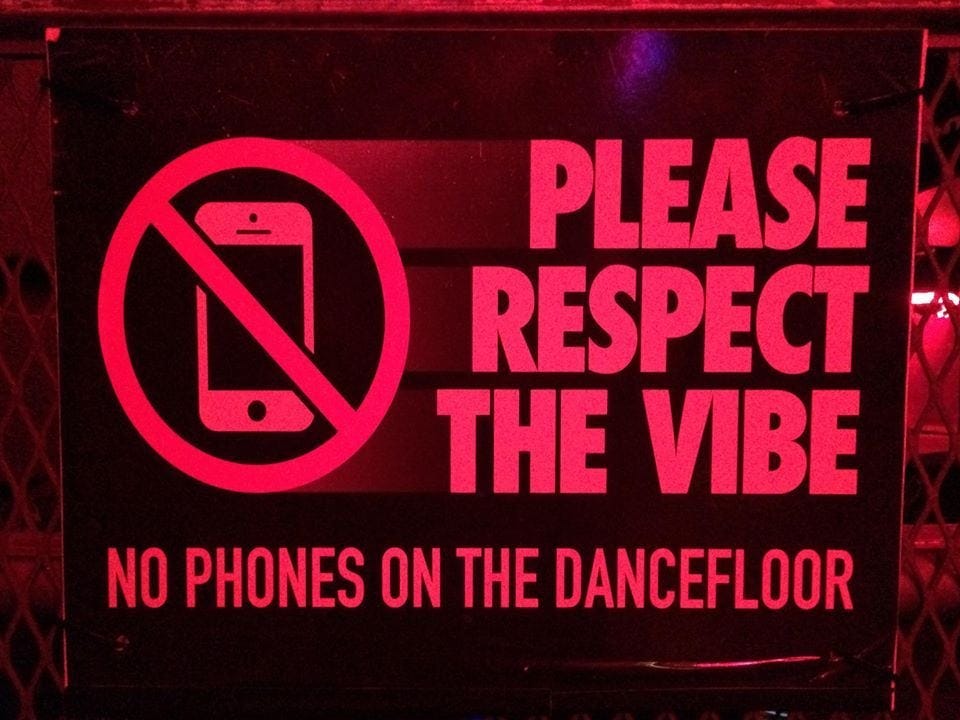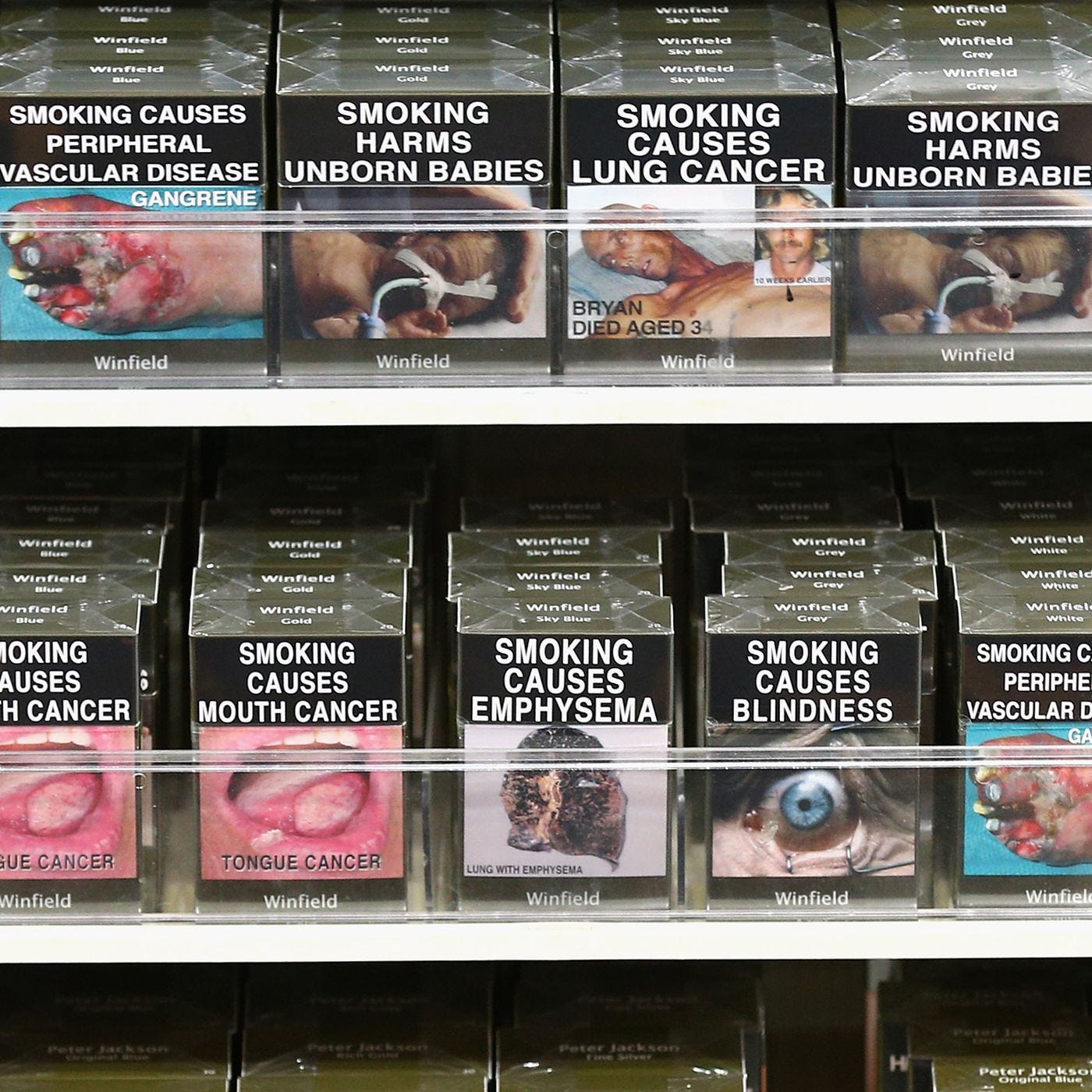Desensitised and Unshockable: The Rise of Real-Life Snuff in a Digital World
How does shock as a behavioural change tactic fare in a permacrisis?
**Trigger Warning: This Article Contains Themes of Violence**
Dear readers, please be aware that this article explores sensitive themes related to violence. I understand that these topics can be distressing or triggering for some individuals. If you find such content unsettling I advise you to consider carefully whether you should continue reading.
In the ever-evolving landscape of entertainment, the phrase “things always come full circle” has taken on another victim.
Global pop star, Charlie XCX, is set to take center stage in a remake of the notorious snuff film Faces of Death. A film that used to be passed around like a covert ops mission in high school, requiring secret alliances with goth kids to snag a copy, is now making a resurgence with one of the world's biggest pop stars in the lead role.
Snuff has undeniably gone mainstream.

What is snuff?
Snuff is content that purports to depict real acts of homicide and abuse, yet it is entirely staged and fabricated.
The genre gained infamy in the 1970s, fuelled by rumours of a clandestine industry profiting from genuine human atrocities. Charles Manson was rumoured to have filmed his murders which added momentum to the then emerging genre (Fangoria, 2021).
Three pivotal films ignited the curiosity surrounding this genre, cementing its taboo status that still lingers today. Snuff (1973), Faces of Death (1978) and Cannibal Holocaust (1980).
But over time, snuff film themes have evolved into elements of the horror genre to essentially become ultra-violent gore. Though snuff films continue to be released, they don’t really draw significant attention and international bans anymore.
The last notable snuff film ban was in 2010 for 'A Serbian Film'. Do not watch. Do not watch. Do not watch.
Blurring the boundaries of snuff
In the age of the internet and camera phones, and the ease of hosting video sites and ‘red rooms’, these graphic depictions of real homicide and abuse can now be easily captured and disseminated to a mass audience.
One example, which is the central topic of Netflix’s popular documentary Don’t F*ck With Cats, was a ‘snuff’ video uploaded by Luka Magnotta. In this video, Magnotta murders Jun Li. The video circulated online for five days before authorities became aware that it was in fact a real murder.
What unites viewers of snuff is a curiosity about human nature and fragility, along with a belief that mainstream media falls short by censoring “what's really going on” (The Verge).
The cult popularity of snuff films and the curiosity for violence were historically accompanied by the understanding that it was all staged. Now, the innate human curiosity for violence persists and is seeking something even more real.
Why? Because snuff is now everyday life.
Tune into the news and see footage of mass civilian graves in Ukraine.
Scroll through TikTok and watch security footage of car accidents with human casualities.
Hit TV shows like Euphoria show multiple forms of abuse played by some of the biggest actors in the world. But don’t worry, they look hot and interesting while they do it.
Even Netflix can offer a casual binge of the whole season of Dahmer in one night. My 14 year old niece did. She “didn’t think it was that bad.”
The reality is that nothing shocks us anymore. Snuff has become normalised before it became a core that TikTok could claim. Reaction videos to shocking content have surpassed the popularity of the content itself. Nowadays, witnessing someone being shocked shows that what should be disturbing is humorous.
Reactions only. No cooked content in this video.
Shock as a behavioural tactic
What happens when an ultra-violent film genre goes mainstream, blurring the line between fiction and reality? And how will advertising that relies on shock tactics to drive behaviour change, fare in a society where shocking content is becoming commonplace?
For years, shock-based advertising has been used to jolt consumers into taking positive actions, from responsible disposal of waste to curbing vices like gambling or smoking, all by presenting unsettling images or information.
However, the efficacy of shock tactics has remained a subject of debate. A study conducted by James Cook University found that graphic warnings on cigarette packets, featuring images of deteriorating teeth and feet, have lost their impact. While 27% of participants believed these labels effectively prevented non-smokers from starting the habit, most agreed that people would become desensitised to the images after repeated exposure.
According to Professor Alex Gardner, "…if the same message and tactics are employed repeatedly, it becomes mere background noise, making it easier for people to dismiss."
In the last decade, a new creative playbook has emerged for public service announcements, one that emphasises the emotional consequences of issues and their impact on one's conscience or loved ones.
However, given the rise of pervasive violence, is this emotional approach also about to lose its effectiveness?
And in particular with people under 35 that grew up online, where violent content and permacrisis becomes more commonplace. Have they become too desensitised to care?
Repeated exposure to graphic content sometimes shows desensitisation
Finding: Prolonged exposure to violent newspaper stories led to emotional desensitisation among participants. These stories accounted for 17% of the news each week, and as individuals were consistently exposed to such content, they became less likely to perceive these stories as violent and exhibited reduced empathy over time (Youth Adolescence, 2015).
While traditional newspapers may have declined, the habit of keeping up with the news remains prevalent, thanks to le internet. Nowadays approximately 30% of Australian news stories centered around violence (University of Sydney).
TV
Finding: In the mid-2010s, TV experienced record-high violence levels, with 70% of individuals aged 15-20 reportedly watching extremely violent shows or movies. Exposure to such content led to emotional desensitiation, as indicated by skin and brain pattern activity changes through a study conducted for Adolescent Health (2007).
Although traditional TV viewership is now declining among those under 35, again, the behaviour of watching TV has only transferred over to catch-up TV and subscription platforms. The plethora of these services means that everyday, we have more content at our fingers than the day before.
Gaming
Finding: Comparing gamers of violent first-person shooting games to non-gamers, researchers found no evidence of emotional desensitisation during exposure to emotional stimuli. Gamers appeared to differentiate between real and virtual violence better, possibly due to their repeated exposure to virtual violence (Frontiers in Psychology, 2017).
However, this doesn't let gaming off the hook entirely. Most respondents preferred solitary gaming, with some studies suggesting that those who play violent games alone tend to have more aggressive traits, negatively affecting their thoughts, feelings, and behaviour (American Psychological Association, 2000).

The Internet
Findings: Exposure to graphic internet content can lead to emotional desensitisation to real-world violence. Those exposed to more graphic online content were less disturbed by real-world violence and tended to normalise violence (International Journal of Environmental Research and Public Health, 2020).
This indicates that the line between dramatised content and reality is increasingly blurry. Moreover, 'shocking' content is now shared as entertainment. Take dick pics; abuse turned into an expected part of online dating because of its prevalence.
But, the most concerning outcome of the study had to do with prolonged digital engagement (3 hours+ screen time on phone or desktop internet outside of school or working hours) which led to impaired emotional judgement.
This not only hinders the formation of social bonds and relationships but also diminishes individuals decision-making skills in social situations, often pushing them toward peer pressure or people-pleasing as alternatives (International Journal of Environmental Research and Public Health, 2020).
Violent content is not the problem, consuming it in isolation is
Shock factor alone isn’t enough to arouse an emotion, or dampen it. It’s the ability to experience an emotion and discuss with others that creates impact in an increasingly desensitised audience landscape.
This means media must concentrate on creating the mechanics for individuals to bring their private experiences into the public sphere, fostering tangible connections that facilitate discussion and validation of those experiences.
It’s a more intricate challenge, as achieving it requires substantial changes. Some ideas are:
Programmatic Pauses: Devices and content providers can incorporate features that guide viewers when to pause content and allow for discussion, perhaps with discussion prompts.
Intelligent Devices: Devices could have the ability to detect ongoing conversations and automatically switch to sleep mode, encouraging real-life interactions.
User Experience: Tech companies prioritise user well-being over addiction, enabling people to break free from the endless scroll. Doubtful that the scroll hole will ever go away but perhaps health messages popping up or app time outs once it detects a certain amount of time spent mindlessly scrolling.
Urban Planning: City and public space design should prioritise areas conducive to social gatherings, relaxation, and conversation. Spaces where devices become part of positive interaction, or device-free zones.

Ultimately it requires a collective effort to reclaim something we've lost along the way: meaningful human connection and the ability to engage with each other in the real world.
Where snuff has become a proxy to find human truths in the extremities of human capability, it’s popularity suggests that while we’re becoming desensitised to those extremities, it’s because we want to feel something.
What’s next?
What is that next frontier of emotion? I have some thoughts.
In the evolving landscape of virtual reality, the human desire to explore extreme emotions persists. As we grow desensitised to mere observation, there's a natural inclination for active participation. We'll engage in immersive snuff experiences through gaming and the metaverse, pushing emotional boundaries, even in virtual isolation. Where YouTube gave birth to ‘red rooms’, gaming will give birth to a snuff equivalent.
We can’t escape our violent world, but we can do our best to divert from it’s attempt to dampen our humanity.








